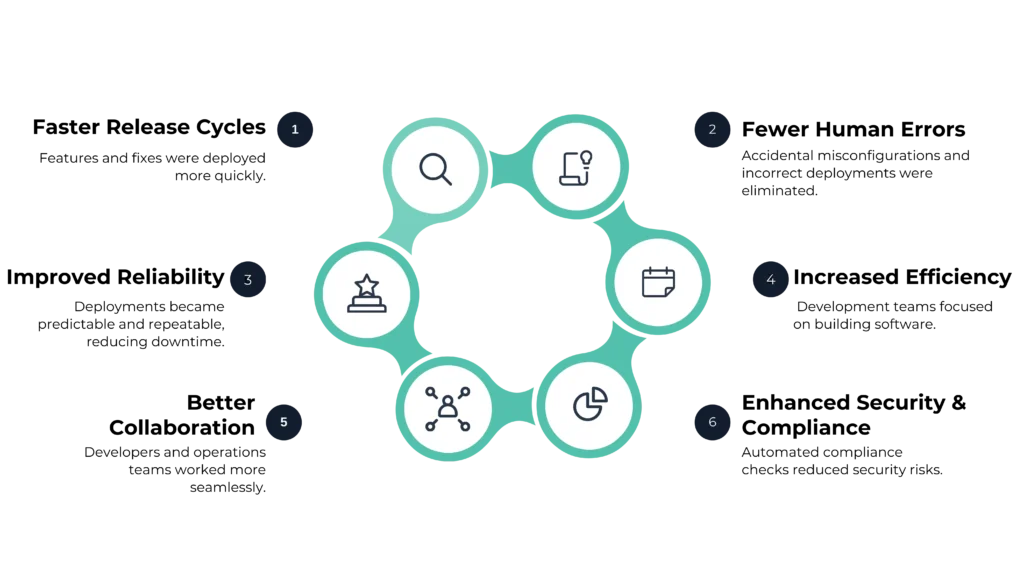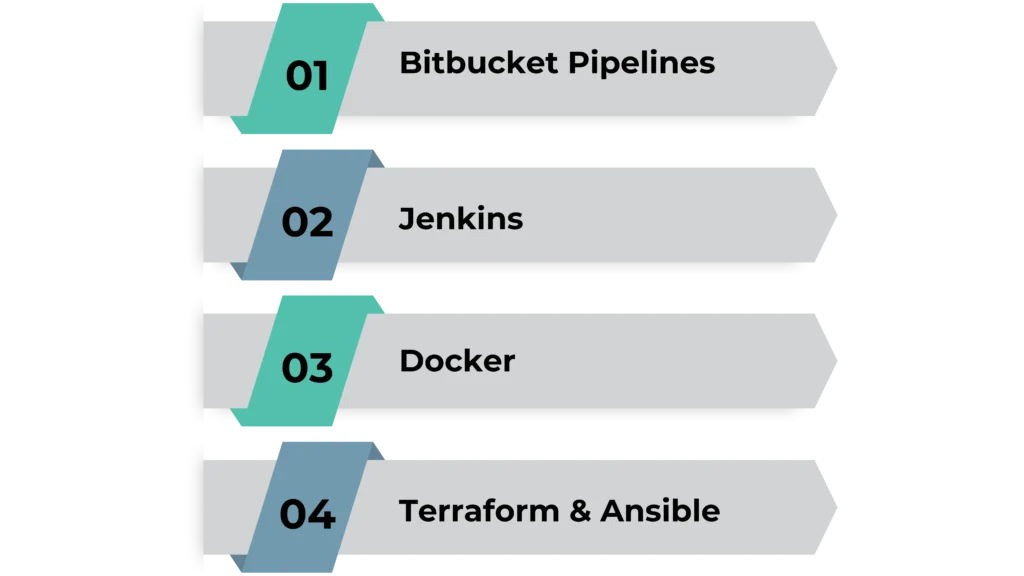Software deployment used to be one of the most stressful parts of my job. I remember countless late nights manually pushing updates, only to realize a minor misconfiguration had caused the entire application to crash. 70% of software failures stem from human error during releases. The frustration of rolling back changes, debugging errors in production, and scrambling to fix downtime made me rethink our entire deployment strategy.
That was when I discovered release and deployment automation. Implementing automation not only reduced errors but also sped up our releases and saved us from deployment failures. If you have ever faced deployment issues, I understand how challenging it can be, and automation is the solution that can transform your process.
Understanding Deployment Automation
Deployment automation involves using technology to handle software releases instead of relying on manual interventions. In my early days as a developer, deployments involved manually copying files to a server, running scripts, and hoping nothing went wrong. This approach was slow, risky, and prone to human error.
Now, with continuous integration and continuous deployment (CI/CD) pipelines, everything happens automatically. Code changes are tested, merged, and deployed without requiring manual effort. The result is fewer errors, faster rollouts, and a more reliable deployment process.
Why Deployment Errors Occur
Before we automated deployments at my company, we frequently ran into common issues, including:
- Human Errors – Deploying the wrong branch to production led to hours of debugging and rollbacks.
- Environment Inconsistencies – The development environment often differed from production, causing unexpected issues.
- Lack of Automated Testing – Overlooking a small bug once resulted in a critical system failure.
- Configuration Drift – Configurations were inconsistent across different servers, leading to failures.
- Dependency Issues – A missing package update once the entire application is broken post-deployment.
After implementing automation, these issues became significantly less frequent.
Key Benefits of Release and Deployment Automation

After months of struggling with manual deployments, switching to automation provided numerous benefits:
- Faster Release Cycles – Features and fixes were deployed more quickly.
- Fewer Human Errors – Accidental misconfigurations and incorrect deployments were eliminated.
- Improved Reliability – Deployments became predictable and repeatable, reducing downtime.
- Increased Efficiency – Development teams focused on building software rather than troubleshooting deployments. To enhance your overall development workflow? Read our guide on How to Improve the Software Development Process.
- Better Collaboration – Developers and operations teams worked more seamlessly.
- Enhanced Security and Compliance – Automated compliance checks reduced security risks.
Automation proved to be one of the best decisions for deployment stability.
How to Implement Deployment Automation to Reduce Errors
To transition from manual deployments to automation, consider these steps:
Use Version Control Systems (VCS)
Standardizing on Git helped track every code change, making it easier to manage updates.
Automate Software Testing
Writing unit, integration, and regression tests prevented bugs from being deployed.
Adopt Configuration Management Tools
Using Terraform and Ansible ensured that infrastructure remained consistent across environments.
Leverage CI/CD Pipelines
Implementing Jenkins and Bitbucket Pipelines eliminated the need for manual deployments.
Monitor and Prepare for Rollbacks
A faulty update once caused a major issue, highlighting the importance of having a rollback strategy in place. Kubernetes Rollbacks and feature flags made reverting changes easier.
To further minimize risks in your software projects, check out our guide on Best Practices for Managing and Mitigating Risks During Software Development Projects.
Overcoming Common Challenges in Deployment Automation
Even with automation, certain challenges had to be addressed:
- Lack of Automated Testing – Making testing a mandatory part of development improved software stability.
- Tool Integration Issues – Experimenting with different DevOps tools helped find the right combination.
- Security Risks – Implementing automated security scans reduces vulnerabilities.
- Complex Infrastructure – Using Infrastructure as Code (IaC) simplified deployment processes.
Best Tools for Deployment Automation

Several tools proved to be highly effective in automating deployments:
- Bitbucket Pipelines – Simplifies CI/CD for Git repositories.
- Jenkins – A powerful and customizable automation server.
- Docker – Ensures applications run consistently across different environments.
- Terraform & Ansible – Automates infrastructure management efficiently.
Implementing these tools significantly reduced deployment time and improved reliability.
The Role of Open DevOps in Deployment Automation
Switching to Open DevOps provided more control over deployments. The following practices enhanced deployment automation:
- Infrastructure as Code (IaC) – Scripting server setups made them fully reproducible.
- Microservices Architecture – Independent deployments reduced risk and improved scalability.
- Standardized Tooling and Processes – A shared deployment process minimized errors.
Adopting Open DevOps improved efficiency and reduced deployment failures.
Conclusion
Automation isn’t just a luxury; it’s a necessity for reducing deployment errors and ensuring smooth software releases. By leveraging CI/CD pipelines, configuration management tools, and rigorous automated testing, teams can eliminate manual mistakes, speed up deployments, and maintain system reliability. Standardizing environments and implementing rollback strategies further enhance stability. The key is to start small, refine processes, and scale automation over time. Ready to optimize your deployments and minimize risks? Contact BugsLink TECH today to streamline your release process.
FAQs
What are the benefits of deployment automation?
Deployment automation leads to faster releases, fewer errors, improved security, and better collaboration among teams.
Which tool is commonly used to automate the deployment process in DevOps?
Jenkins, Bitbucket Pipelines, Docker, and Terraform are widely used tools for deployment automation.
Can we automate rules deployment?
Yes, Ansible and Terraform can automate rule deployment across various environments.

